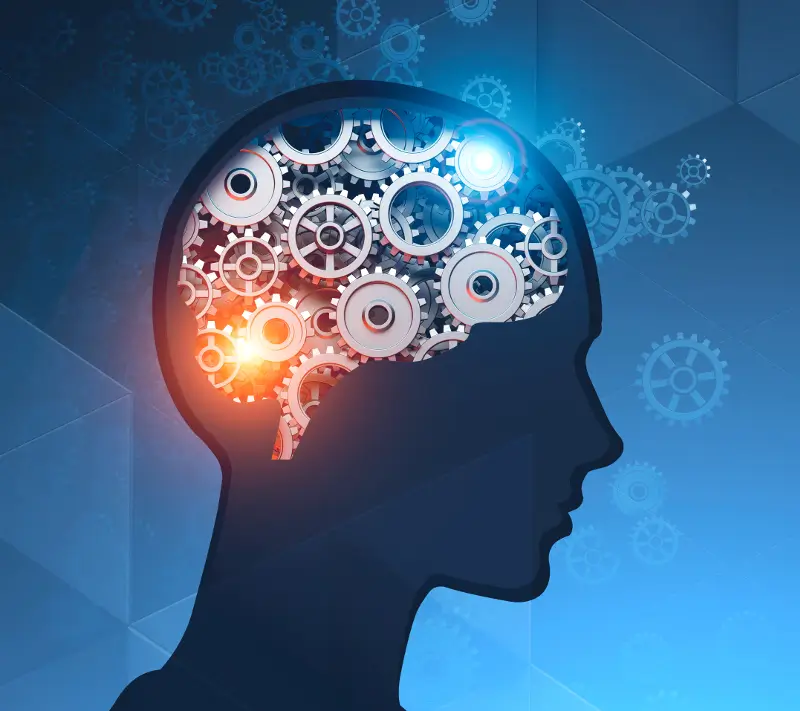What Is Strategic Thinking?
Strategic thinking is the ability to plan for the future while considering the complex interplay of variables that might affect outcomes. Unlike tactical thinking, which focuses on immediate actions, strategic thinking takes a broader, longer-term perspective. It’s about seeing patterns, anticipating challenges, and positioning yourself or your organization for success.
Key Elements of Strategic Thinking
Effective strategic thinking combines several mental frameworks:
- Systems Thinking: Understanding how different components interact within a larger system
- Future Orientation: Looking beyond immediate concerns to anticipate future trends
- Hypothesis-Driven: Forming testable theories about cause and effect
- Intelligent Opportunism: Remaining open to new opportunities while maintaining focus
- Pattern Recognition: Identifying meaningful trends in seemingly unrelated data
Developing Strategic Thinking Skills
Strategic thinking isn’t an innate talent—it’s a skill that can be developed through deliberate practice:
Broaden Your Perspective
- Cross-disciplinary learning: Read books outside your field
- Diverse inputs: Seek opinions from people with different backgrounds
- Historical context: Study how similar situations unfolded in the past
Improve Your Analytical Framework
- Ask better questions: Move from “what” to “why” and “how”
- Challenge assumptions: Identify and test your underlying beliefs
- Scenario planning: Create multiple futures to test your strategies against
Practical Exercises
- The five whys: For any situation, ask “why” five times to get to root causes
- SWOT analysis: Regularly assess strengths, weaknesses, opportunities, and threats
- Pre-mortem exercise: Imagine a future failure and work backward to prevent it
Strategic Thinking in Different Contexts
In Business
Strategic thinking allows leaders to:
- Identify emerging market opportunities
- Allocate resources effectively
- Build sustainable competitive advantages
- Navigate uncertainty and disruption
In Personal Development
Applied to individual growth, strategic thinking helps:
- Create meaningful long-term goals
- Make career decisions with better awareness of tradeoffs
- Develop skills with future relevance
- Build relationships that create mutual value
Common Strategic Thinking Pitfalls
Even experienced strategic thinkers can fall into these traps:
- Analysis paralysis: Overthinking to the point of inaction
- Confirmation bias: Seeking only information that confirms existing beliefs
- Short-termism: Sacrificing long-term benefits for immediate gains
- Overconfidence: Underestimating uncertainty and complexity
Conclusion
Strategic thinking is a meta-skill that enhances virtually every aspect of professional and personal development. By deliberately practicing strategic thinking techniques and applying them to your daily decisions, you can navigate complexity more effectively and create better outcomes over time.
The beauty of strategic thinking is that it’s accessible to everyone. Start small, practice consistently, and watch as your perspective expands and your decisions improve.
